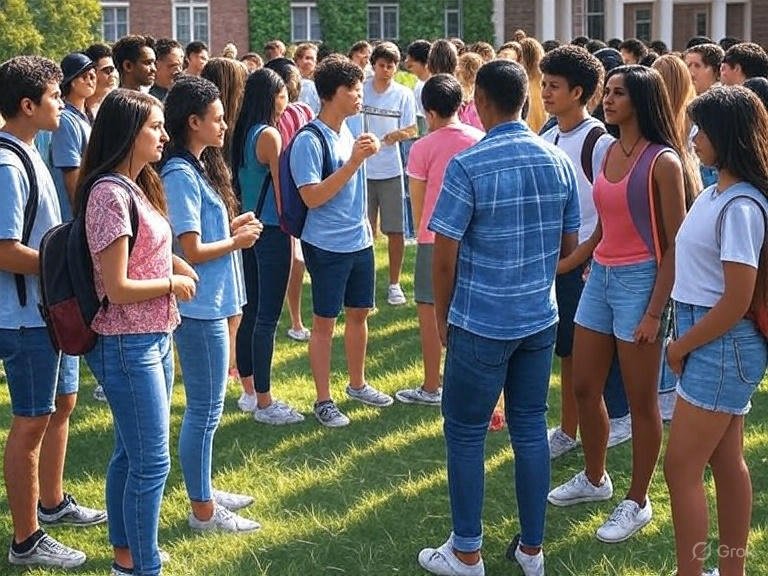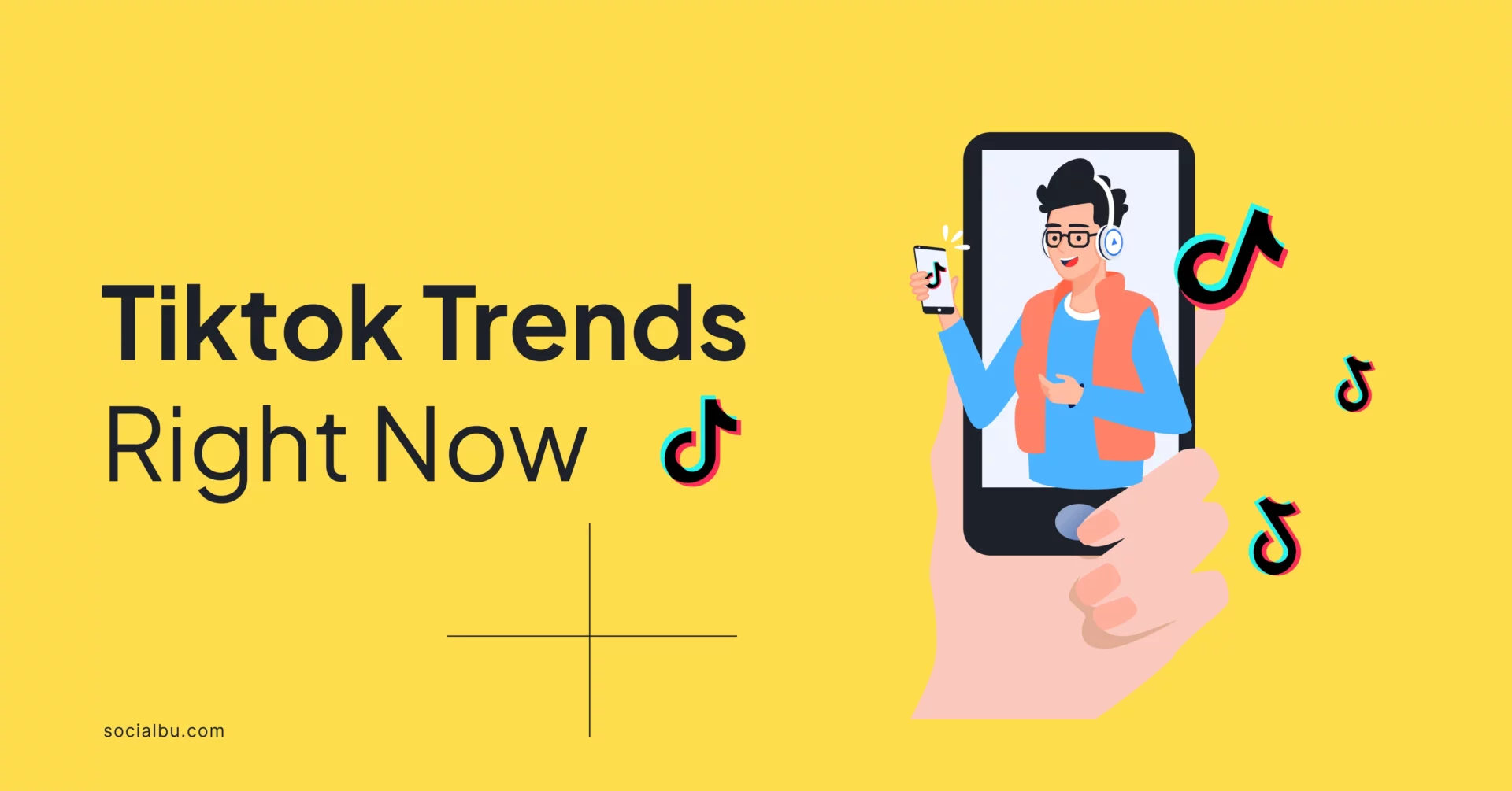Every day, millions of new pieces of content appear online. Yet only a fraction of them capture widespread attention, spreading across platforms at lightning speed. This phenomenon, often described as “going viral,” has become one of the defining aspects of digital culture. From funny memes to breaking news clips, viral content influences how people talk, what they buy, and even how they see the world.
But what exactly makes something viral? And why do certain videos, images, or posts dominate timelines while others fade into the background? Let’s take a closer look at the mechanics of virality and the trends shaping this ever-changing landscape
1. The Human Psychology Behind Virality
Virality is not accidental. At its core, it taps into universal aspects of human behavior. Content spreads when it sparks strong emotions—whether that’s laughter, shock, anger, or awe.
Some key drivers include:
-
Relatability: People share posts they connect with personally, such as memes about daily struggles.
-
Novelty: Something unexpected or unusual is more likely to be talked about.
-
Social currency: Sharing trending content makes individuals feel part of the conversation, boosting their sense of belonging.
-
Emotional intensity: Joy, outrage, and surprise all drive higher engagement than neutral feelings.
For example, a heartwarming rescue video may travel across platforms not only because it’s cute but also because it makes viewers feel hopeful—and they want to spread that feeling.
2. The Role of Algorithms
While human psychology plays a major role, algorithms decide how far a piece of content can travel. Platforms like TikTok, Instagram, and YouTube prioritize content that holds attention.
-
Engagement signals such as likes, comments, and watch time determine whether a post gets pushed to more users.
-
Shareability is another crucial factor. Posts that are easy to repost, duet, or remix gain momentum.
-
Trends within platforms—like popular sounds on TikTok or hashtag challenges—often serve as vehicles for virality.
Interestingly, algorithms don’t just surface content; they can shape it. Creators now tailor their posts to fit what the system seems to reward, whether that’s shorter videos, catchy captions, or quick cuts.
3. The Power of Memes
If there’s one format that perfectly captures the viral age, it’s the meme. Memes are simple, adaptable, and instantly recognizable. A single image with a clever caption can spread faster than any polished advertisement.
Memes thrive because they:
-
Allow for creativity while maintaining a common template.
-
Spread rapidly across communities with slight variations.
-
Capture cultural moments in ways that feel authentic.
Think of memes as the folk art of the digital age—created by the people, for the people, and evolving constantly.
4. Influencers and Digital Amplifiers
The rise of influencers has added another layer to virality. A post shared by a creator with millions of followers can spark a trend overnight. Even micro-influencers, with smaller but highly engaged audiences, often push content into wider circulation.
Beyond individuals, online communities play an equally important role. A Reddit thread, Discord group, or Twitter circle can collectively propel content beyond its original reach. In today’s ecosystem, virality is rarely accidental—it’s a collaboration between creators, audiences, and algorithms.
5. When Brands Try to Go Viral
Businesses are increasingly aware of the cultural currency of viral content. From quirky TikTok campaigns to witty Twitter responses, brands try to position themselves as part of the conversation.
However, virality is tricky for companies. What feels genuine from an individual may seem forced when attempted by a brand. The most successful cases usually involve:
-
Humor that feels natural, not scripted.
-
Quick responses to trending moments.
-
Campaigns that invite user participation (such as hashtag challenges).
Think of Wendy’s snappy Twitter roasts or Duolingo’s playful TikTok mascot. These campaigns worked because they balanced humor with relatability.
6. The Dark Side of Virality
While viral content can be fun and entertaining, it has downsides. Misinformation spreads just as easily as jokes. False stories, misleading images, or manipulated videos can travel quickly before fact-checkers catch up.
There’s also the issue of fleeting fame. Ordinary people who go viral unexpectedly may struggle with sudden attention, including both praise and criticism. The internet can elevate someone overnight, but it can just as quickly turn hostile.
Moreover, chasing virality can lead to burnout for creators who constantly feel pressure to “top” their last post.
7. The Changing Nature of Trends
The lifecycle of viral trends has shortened dramatically. What once lasted weeks may now last only days. A TikTok sound or Instagram trend may explode today and disappear tomorrow.
This rapid cycle reflects both the speed of digital platforms and the constant hunger for newness. For creators and brands alike, the challenge is to ride the wave without losing their identity in the process.
8. Global Reach and Cultural Blending
One fascinating aspect of virality is its ability to transcend borders. A dance challenge in Nigeria might trend in Brazil. A Japanese meme could resurface with a twist in the U.S. Digital platforms blur cultural lines, creating shared global experiences.
At the same time, local adaptations of trends highlight how cultures remix ideas to fit their own humor or storytelling style. Virality, in this sense, is both global and deeply personal.
9. The Future of Virality
Looking ahead, several forces are likely to shape the future of viral content:
-
Shorter formats: Bite-sized clips will dominate attention.
-
Interactive media: AR filters, VR experiences, and gamified content could redefine what it means to “go viral.”
-
Community-driven platforms: As algorithms evolve, smaller online communities may regain importance in shaping what spreads.
-
Ethical responsibility: Calls for accountability around misinformation will likely grow stronger.
What remains constant is our desire for connection and shared experiences. Whether through laughter, shock, or inspiration, viral content will continue to reflect what captivates us most.
Conclusion
Virality is not magic; it’s the result of human emotion, technological systems, and cultural dynamics working together. A funny meme, a heartfelt story, or a jaw-dropping video resonates because it speaks to something universal in us.
But beyond the fleeting nature of online fame lies a deeper truth: viral content shapes conversations, influences behavior, and mirrors the collective mood of society. The internet may evolve, but our instinct to share moments that move us will always remain at the heart of digital culture.


